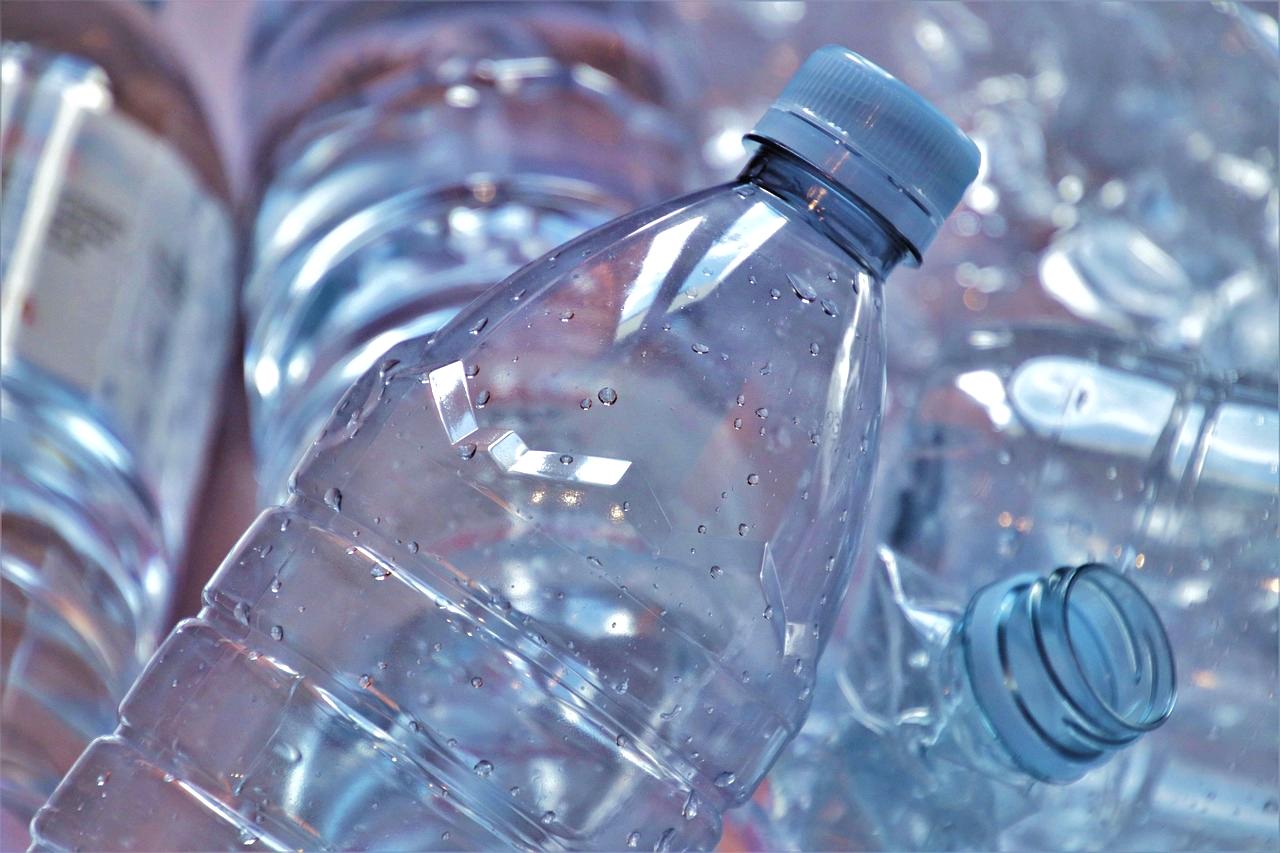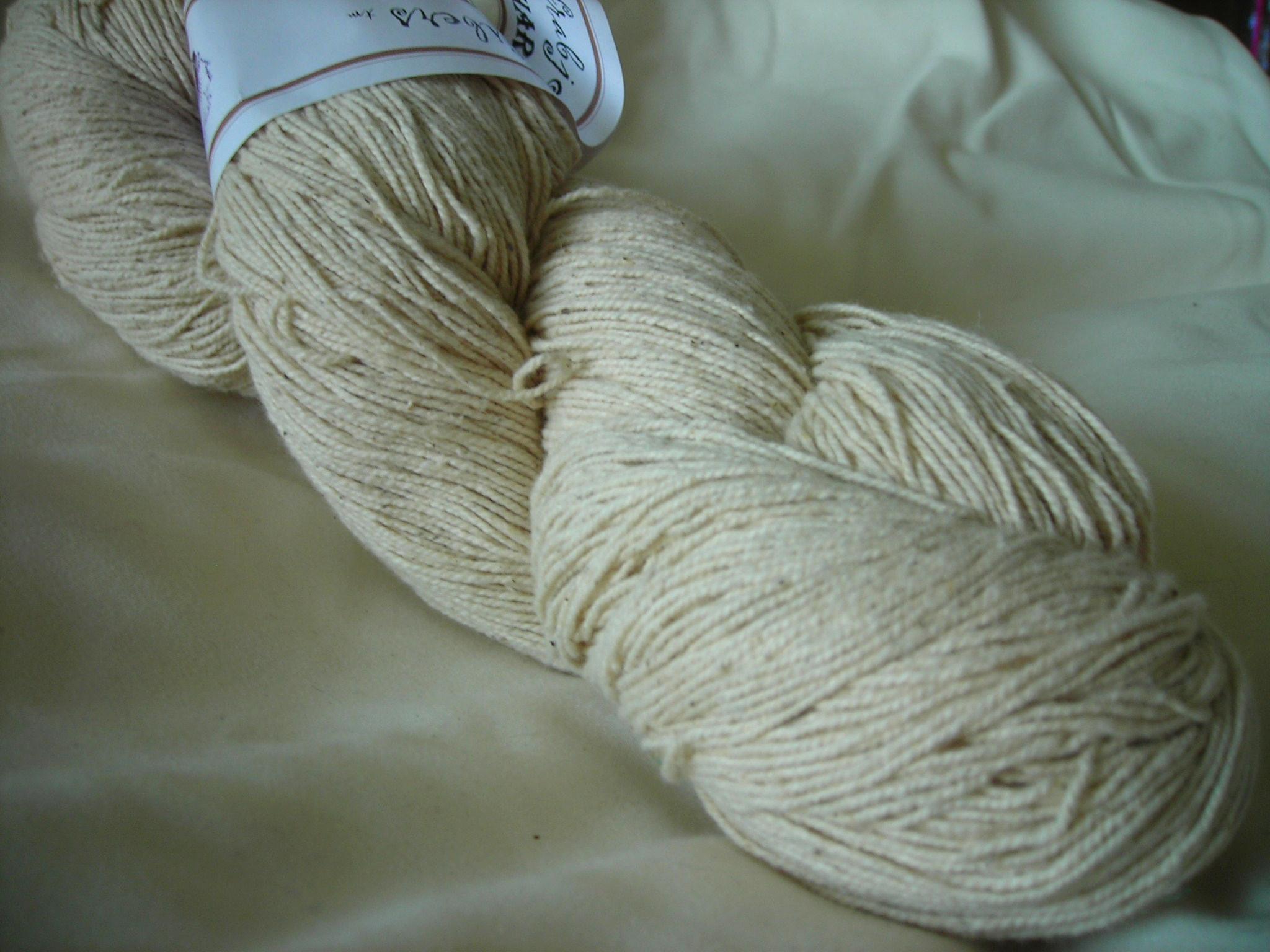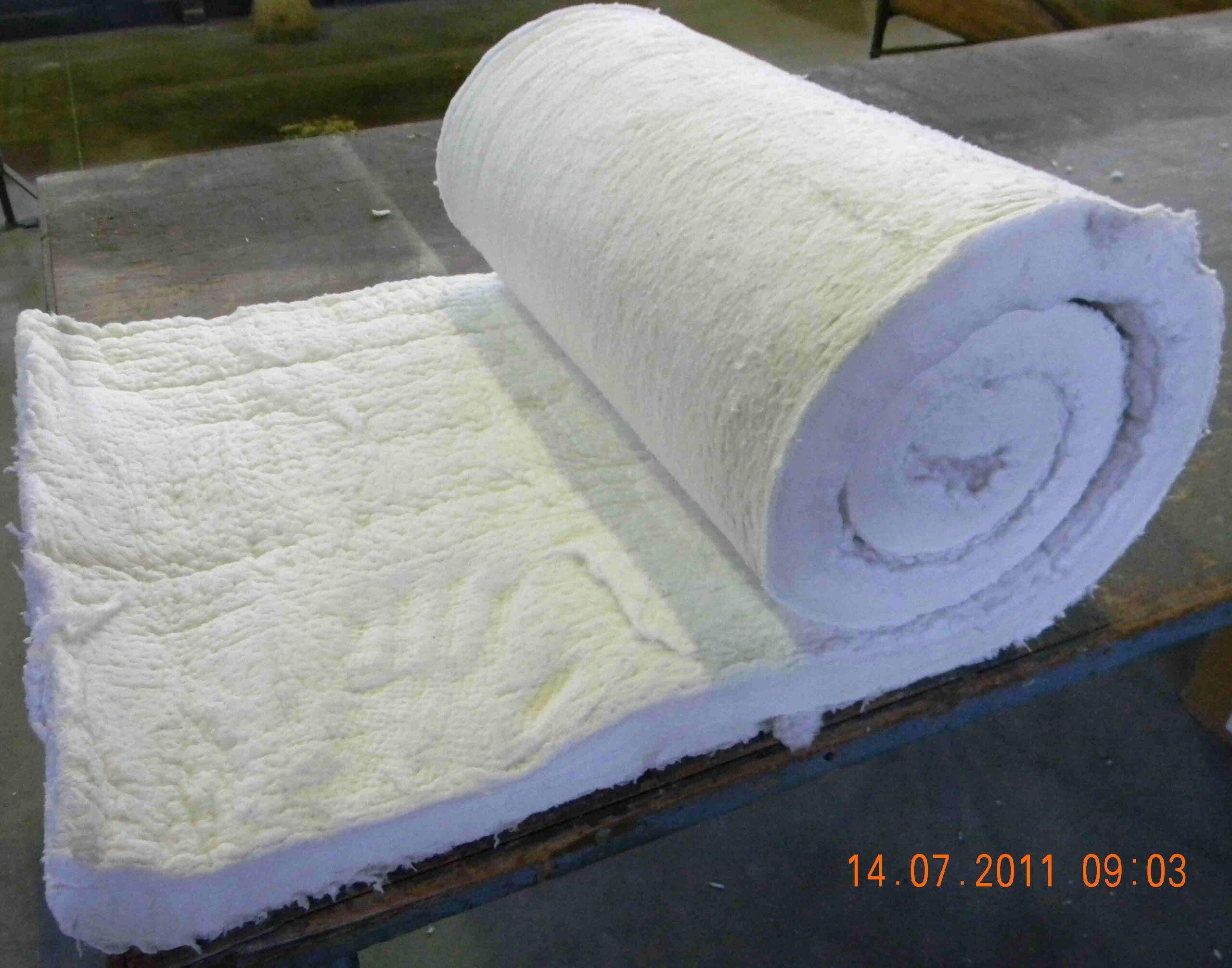- Why Scientists Track Atmospheric Carbon With Giant Towers - October 7, 2025
- The Link Between Melting Ice and Rising Sea Levels Explained - October 6, 2025
- How Ocean Currents Help Regulate Global Climate - October 5, 2025
Bamboo: The Versatile Giant

Bamboo is an incredible material that’s causing a significant shift across industries. This plant is not only fast-growing but also remarkably renewable. Due to its hardy nature, it can flourish without the need for fertilizers or pesticides, making it an eco-friendly hero. Its sturdiness and flexibility have made it popular in construction, where it serves as durable flooring or robust scaffolding. Furthermore, bamboo is making waves in fashion and personal care by replacing conventional cotton and plastics with biodegradable textiles and utensils. Its incredible turnover rate allows for more CO2 absorption per hectare than most forested areas, making it an environmental asset. From paper products to kitchen essentials, bamboo’s aesthetic and utility are truly revolutionizing various production sectors.
Hemp: Nature’s Powerhouse
Hemp stands out as a powerful contender in sustainable materials due to its rapid growth and minimal resource requirements. Requiring little water and no pesticides, it is efficiently cultivated without harming the environment. Its versatility extends to various industries, offering eco-friendly solutions across the board. In construction, hemp is renowned for groundbreaking applications like “hempcrete,” a lightweight alternative to traditional concrete. Bioplastics crafted from hemp are increasingly popular, providing a sustainable replacement to conventional plastics. As a textile, hemp is both durable and breathable, making it a preferred choice for sustainable fashion. Hemp’s use in paper production is not only saving trees but also promoting a move towards more responsible industrial practices.
Mycelium: The Living Framework

Mycelium, a remarkable material derived from fungi, is making waves with its ingenious applications in several industries. This natural wonder can be cultivated into moldable, custom shapes, serving as a biodegradable substitute to plastics. Its unparalleled ability to grow rapidly makes it economically viable, eliminating the need for destructive manufacturing processes. In packaging, mycelium provides a biodegradable option that significantly reduces plastic waste. Its potential extends to furniture, where it offers sturdy yet lightweight alternatives. Additionally, mycelium is being researched for use as building insulation and even plant-based leather, presenting exciting possibilities for environmentally-conscious design. This fungal innovation is undeniably shaping a more sustainable future.
Recycled Plastic: Reinventing Waste

The use of recycled plastic is a transformative strategy addressing the pressing issue of plastic waste. By repurposing disposed plastic, industries are reducing pollution in our landfills and oceans, fostering cleaner environments. Clothing manufacturers are now transforming plastic bottles into polyester fiber, producing stylish and sustainable garments. In the realm of construction, recycled plastic offers a durable option for building roads and furniture. The innovation doesn’t stop there—3D printing has embraced recycled plastic filaments for creating everything from decorative items to functional components. This shift not only promotes eco-friendliness but also stimulates creativity in reimagining waste into valuable resources.
Cork: Nature’s Corking Solution

Cork is a phenomenal material that’s quickly gaining popularity. Harvested from the bark of cork trees, it can be removed without damaging the tree, ensuring its sustainability. Its extraordinary insulation properties make it a superior choice for soundproofing and flooring. Due to its natural buoyancy and elasticity, cork is favored in fashion accessories and furniture as well. Plus, this material is remarkably resistant to moisture, abrasion, and temperature fluctuations. By incorporating cork products, industries are not only benefiting from its functional attributes but also actively contributing to forest conservation efforts. Cork’s versatility and environmentally-friendly attributes consistently support eco-centric innovations.
Organic Cotton: Textile Transformation

Organic cotton seems to be a game-changer in transforming the textile industry. Grown without harmful chemicals and synthetic fertilizers, it demands significantly less water compared to conventional cotton. For fashion brands, this means providing consumers with clothing that’s kinder to the planet and softer on the skin. Beyond garments, organic cotton makes its mark in home textiles, such as sheets and towels, that boast comfort and sustainability. Interestingly, its natural properties make it suitable for medical supplies, reducing the risk of contact allergies. This shift towards organic cotton is prompting a wider conversation about sustainability, encouraging a more responsible confectionery.
Recycled Metal: Forging a New Path

The recycling of metal is reshaping how we approach mining and metal consumption. By reusing existing metal, industries lessen the need for fresh mining, subsequently reducing pollution, energy use, and emissions. In the automotive world, recycled metals contribute to cost-effective and sustainable vehicle production. Construction is evolving too; recycled metal is extensively utilized in building frameworks and infrastructure. Jewelry crafted from recycled metal is increasingly sought-after for its eco-conscious allure. Even electronics manufacturers are jumping on board, utilizing recycled metal in producing tech components. This drive towards recycled metal products reveals a lucrative and environmentally sound avenue within metalworking industries.
Bioplastics: A Greener Plastic

Bioplastics are guiding a revolution in redefining plastic usage with their biodegradable nature. These materials originate from natural sources like corn starch, algae, and sugarcane, offering a significant departure from petroleum-based plastics. In packaging, bioplastics are heralded for reducing environmental footprint, while still providing the practicality of traditional packaging. Whether for eco-friendly cutlery or innovative medical devices, bioplastics are affirming their role as a sustainable solution. They are finding their way into consumer products, promising the same durability and functionality without the adverse ecological impact. This forward-thinking alternative is paving the way for a plastic-free future.
Wool Insulation: Natural Warmth

Wool insulation is gaining attention for its natural and renewable thermal properties. This resource is not only excellent at trapping warmth but also enhances acoustic insulation, making homes quieter and cozier. Because wool is wool sustainable, recyclable, and biodegradable, it’s highly regarded as an environmentally responsible choice. With the growing demand for green building solutions, wool insulation is stepping into the spotlight. It’s also naturally resistant to fire and moisture, adding layers of protection to structures without incorporating chemical treatments. As a testament to nature’s ingenuity, wool insulation is a dream material for eco-conscious architects and builders.
Algae-Based Products: Harnessing Aquatic Potential

Algae, an abundant aquatic resource, is on a transformative journey in eco-friendly industries. Its rapid growth and impressive CO2 absorption have made it an attractive candidate for various sectors. Algae’s potential as a biofuel is being pursued vigorously, providing a cleaner energy option. Its versatility extends to the production of biodegradable plastics and eco-friendly textiles. Furthermore, algae-derived food supplements are gaining popularity for their nutritional benefits, poised to nourish a growing population sustainably. The use of algae is simultaneously addressing environmental concerns and offering innovative pathways for human consumption and industrial applications.

